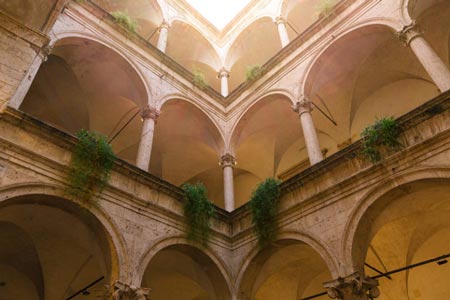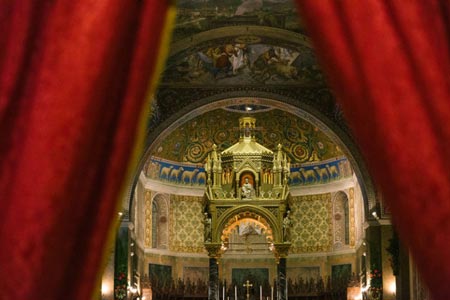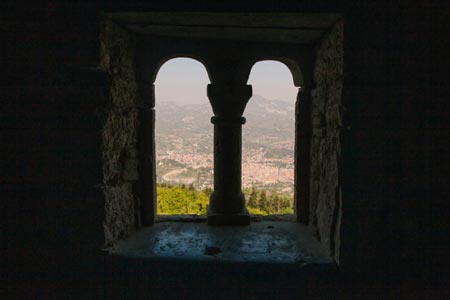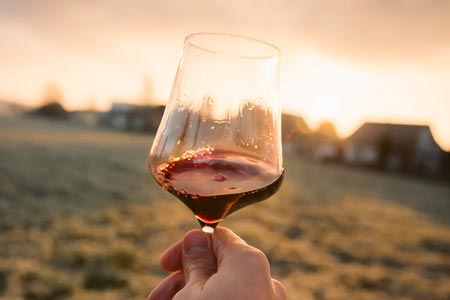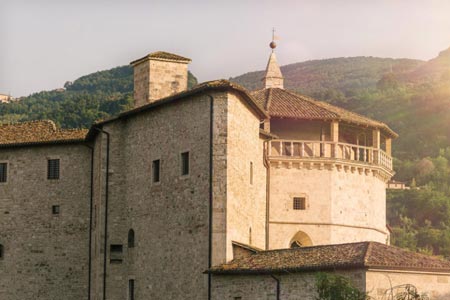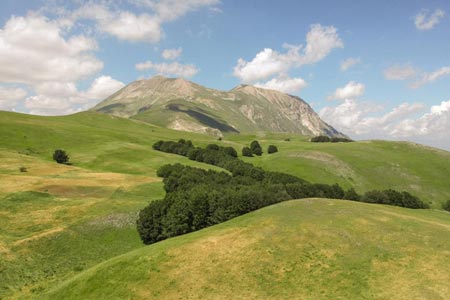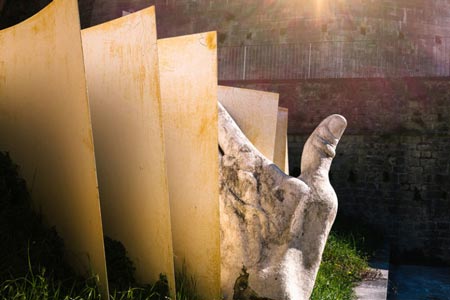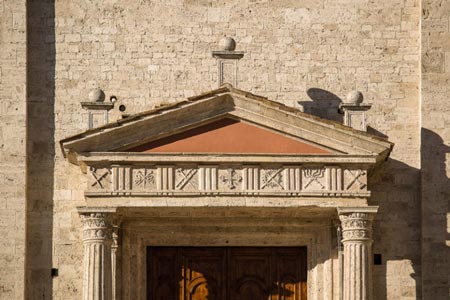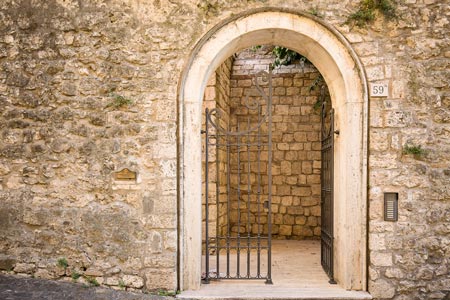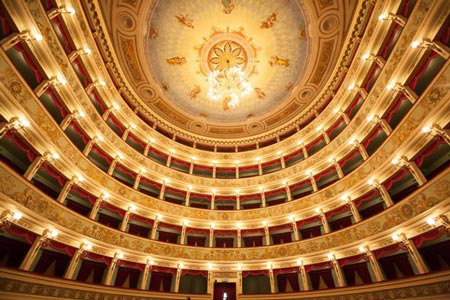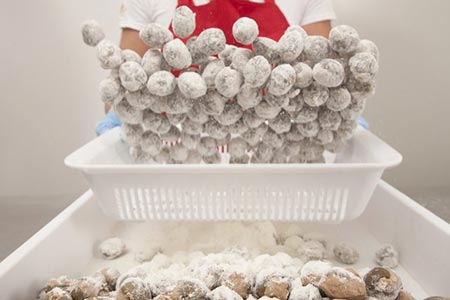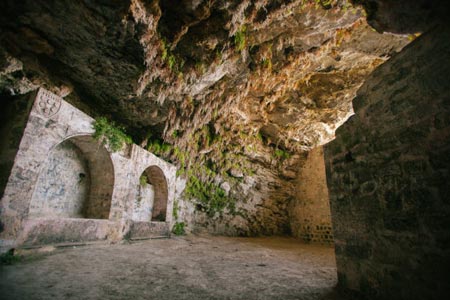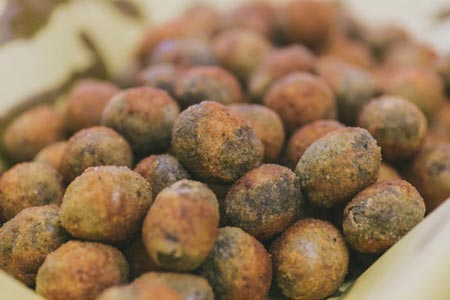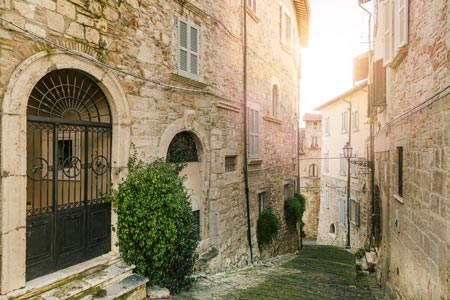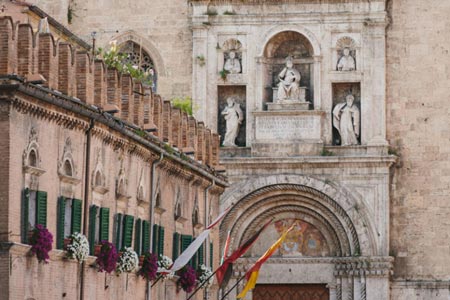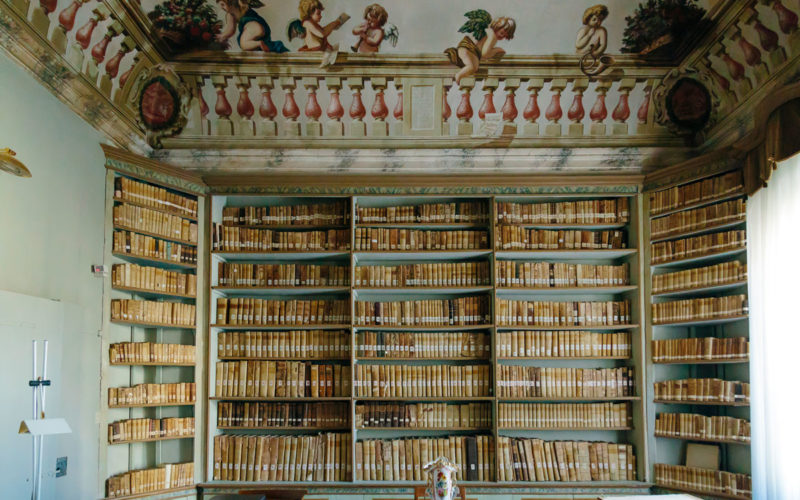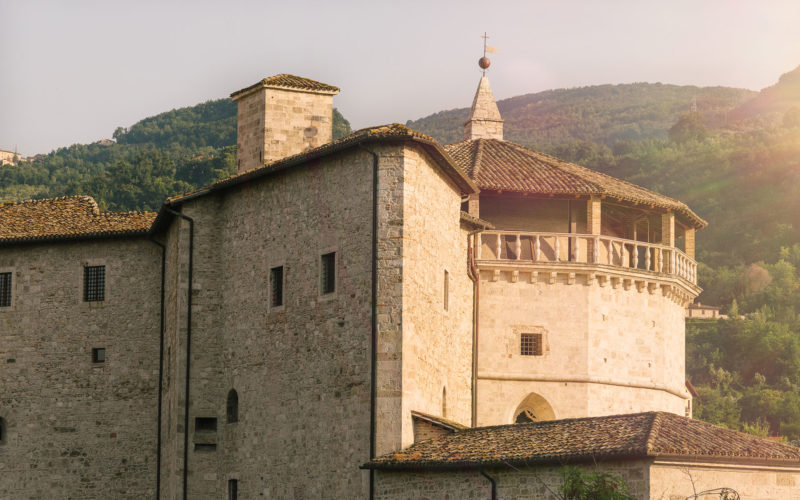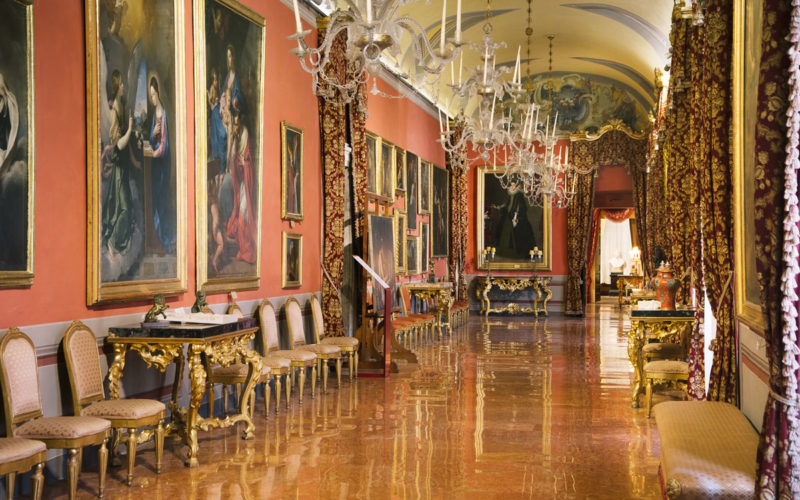Magnificent art churches in Ascoli Piceno: Sant’Angelo Magno
We have traces of a “Cenobio di S. Michele Arcangelo” already in the eighth century, at the time of Bishop Euclere, standing in a position dominating the city. It was the home of the religious order “Ancelle di Dio”, and their local noble Longobardic “Badesse”, who managed a real feudal power. The current facade of the Church of Sant’Angelo Magno is austere and simple.
Located in the historic city center of Ascoli Piceno, in the ancient district of Piazzarola, its facade was built in Romanesque style in 1292, refined by the elegant rose window with Gothic columns.
The interior with three naves testifies to the various transformations undergone over time. Very significant is the presence of two marvelous granite columns with Corinthian marble bases and capitals (artifacts from the Middle Imperial era, from buildings of the ancient Capitolium).
The works done inside the church by the Olivetan monks from the 15th century are remarkable. The renovation changed the church’s medieval structure until the end of the Baroque, such as the wall decorations by Tommaso Nardini (1658-1718), the carved and gilded wooden altars, enriched by canvases by the artists Carlo Maratti (1625-1713), Giuseppe Ghezzi (1634-1722) and Giacinto Brandi (1623-1691).
In the middle of the presbytery stands the canopy of state (Baldacchino), with a dome supported by four chalk columns with terracotta capitals and bases, made in 1830 by Emidio Paci from Ascoli. The crawl space of the presbytery hides one of the oldest examples of medieval Ascoli painting: some beautiful frescoes depicting majestic figures of Prophets.
A 13th-century fresco depicts St. Michael the Archangel weighing souls, a clear reference to the medieval pilgrims who passed through Monte Sant’Angelo sul Gargano in Apulia before traveling to the Holy Land.
Restoration is in progress today.
CONDIVIDI I TUOI SCATTI CON GLI HASHTAG: #visitascoli #ascolipiceno2024 #ascolinedita
AUTHOR: Prof. Giorgio Giorgi, art historian
